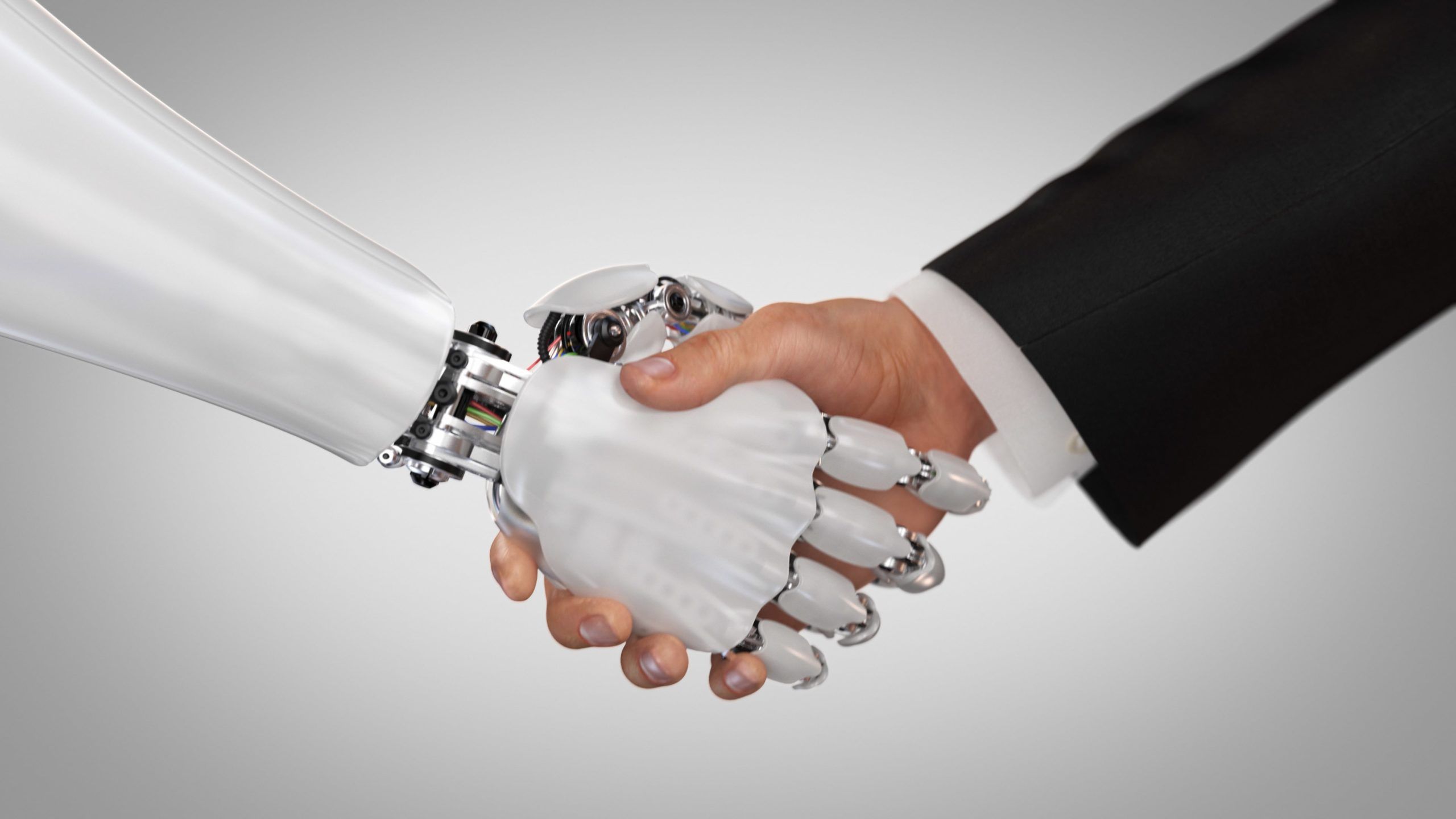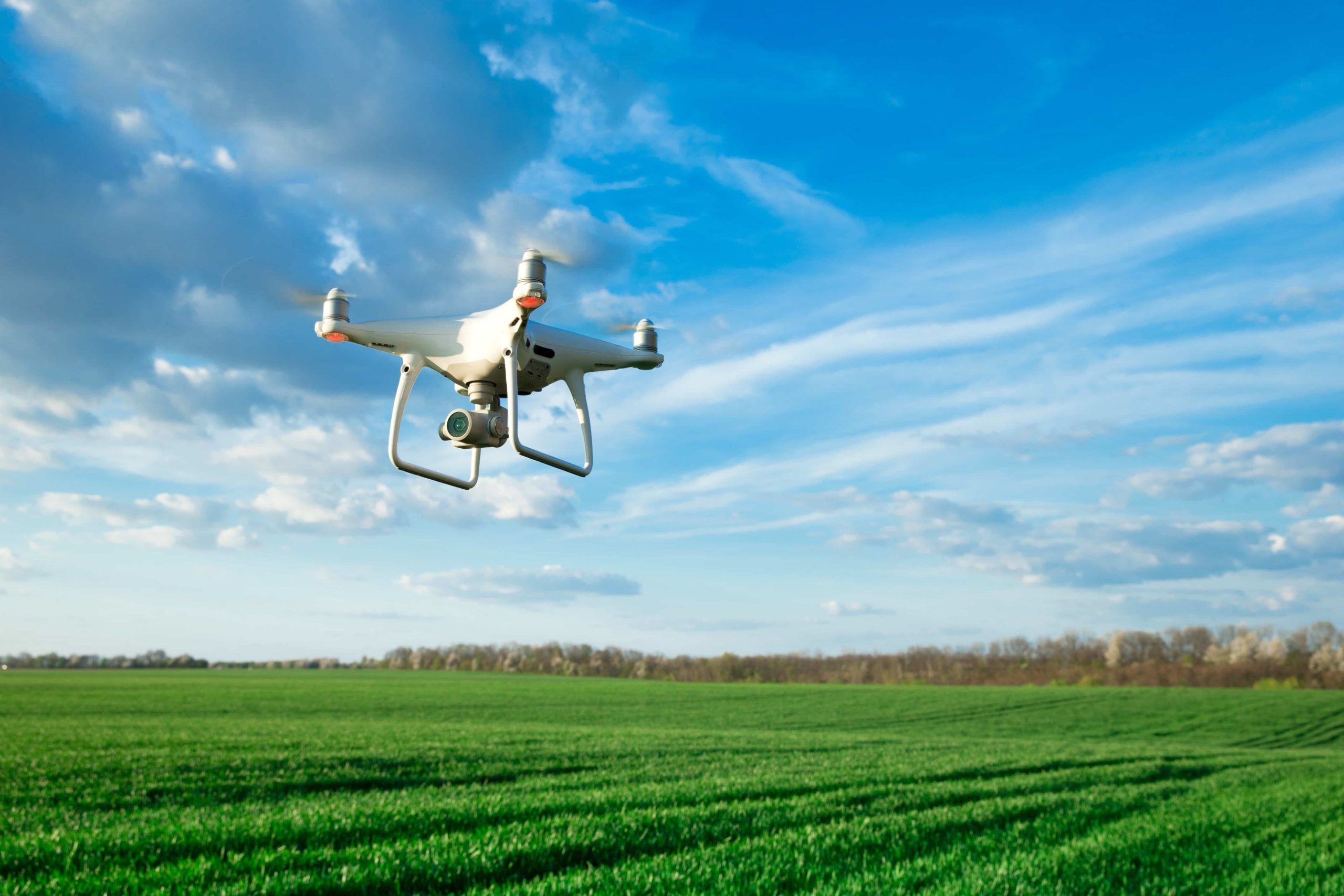Why companies should invest in environmental technology
Researchers warn that COVID-19 pandemic fears will drive big investors away from environmental technology development at a time when we have the capacity to “flatten the curve” on key indicators like carbon emissions.
Typically, sustainable energy investment is associated with higher risk and lower short-term returns. With topsy-turvy global markets and rock bottom oil prices dominating the conversation, expanding green energy technology seems a little too risky for many investors.
However, investing in environmental technology remains a long term winner — and not just because it’s the right thing to do. Sustainably using our resources through technology not only helps us create a more liveable future, but it may prove to be more cost-effective long-term. Smart investors should look ahead and keep their eye on the prize despite tumultuous conditions.
Why environmental technology matters
While COVID-19 currently dominates the airwaves, only a few short weeks ago the biggest threats to human civilization — from the Australian wildfires this winter to more insidious effects of drought at the root of recent geopolitical shifts — were all the result of climate change. Some researchers argue that the novel coronavirus behind the outbreak is, too. Those threats aren’t going anywhere, even if they are generating very little attention right now.
While the current pandemic will cripple global commerce for weeks or months, it will eventually end. Forward thinking leaders are asking: what will the world we return to look like? Will we make the kind of investments into nature that buy us protections from severe storms — or will we continue bounding from catastrophe to catastrophe making the same mistakes?
Like it or not, much of the world is at a halt. In this short window, the planet is already showing signs of healing, as illustrated by the return of clean air over China’s industrial heartland. Could this moment be a turning point, the time to push green innovation while less sustainable technology’s momentum is stalled?
How to invest in environmental technology
For individual investors, there are huge potential earnings in the green tech sector. Perhaps that’s why the world’s biggest potential investor, Amazon’s Jeff Bezos, plugged $10 billion of his personal wealth into an Earth Fund to kickstart the industry.
Some popular approaches to investing in environmental technology include:
- Green funds — numerous equity and bond mutual funds and ETFs are assembled exclusively using environmentally-friendly stocks.
- Securities investment — see a great opportunity or want to invest directly in companies in one sector or another? Buy stocks for publicly-traded green tech firms.
- Startup funding — provide seed or series A funding to startups that are leading the charge.
For other leaders, putting your company at the forefront of green tech investment can reduce your overhead costs, cut carbon, and serve as a powerful marketing tool. Start by partnering with organizations to improve efficiency or bringing in third-party researchers to test new applications of environmental tech in your field.
Where to invest
While renewable energy gets a lot of press, there’s a lot happening behind the scenes in environmental technology.
- Plant-based biodegradable plastics are growing in popularity in the restaurant and retail sector. The market for these products is expected to double by 2023
- Researchers are using smart sensors and UAV technology to analyze environmental data, track wildlife, and prevent poaching.
- Green chemistry and nanotechnology firms are exploring ways to sustainably produce products using algae, fungi, and more.
- Architects are experimenting with methods for going beyond carbon neutrality and creating buildings with a net negative climate impact.
Good for the planet, good for your bottom line
Environmental tech is a rapidly growing market with strong support in public opinion. The technology is starting to make fiscal sense for small-to-midsize companies as well. Prior to COVID, a lot of buzz circulated about how solar and wind technologies were becoming too cheap for subsidies (and, in some cases, too cheap to even meter).
Small measures like replacing manned airborne surveying, data collection, or surveillance with UAV-mounted software can reduce your company’s overhead considerably while cutting its carbon footprint.
As more young, tech-savvy conservationists arrive on the scene, old-guard environmentalists are seeing the vital role that technology investment plays in efforts to protect wildlife, reduce carbon input, and save the planet. With the help of investors across the economy, we can improve business outcomes while providing a cleaner, safer world for our kids.





